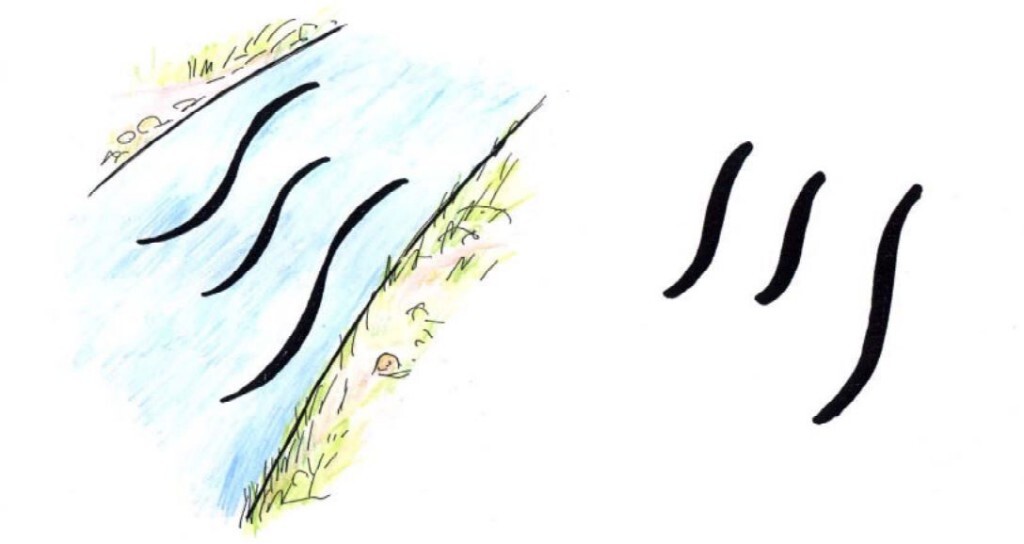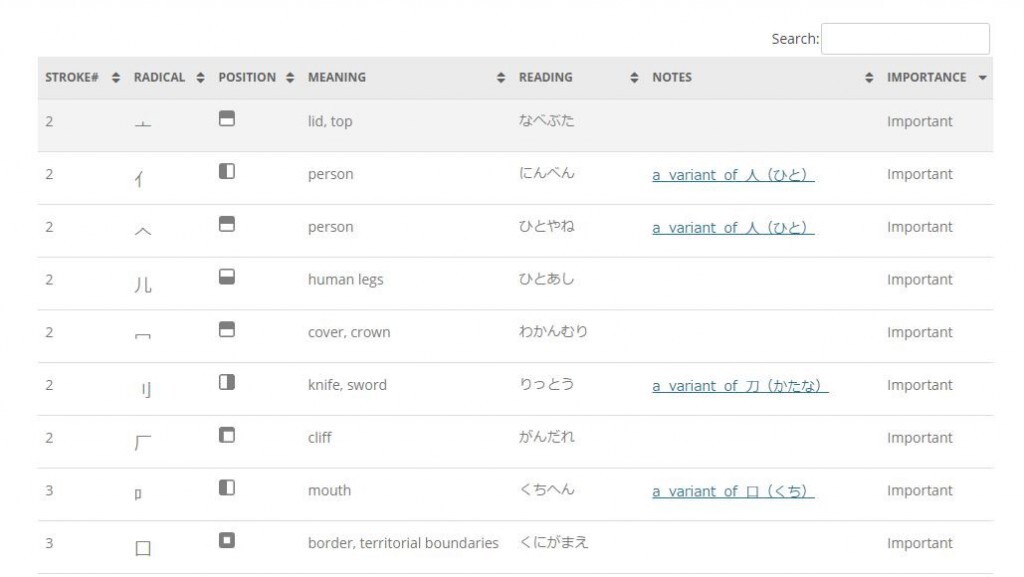
One of the reasons why it’s difficult for English speakers to learn Japanese is that you have to memorize tons of kanji. The Japanese Ministry of Education officially defined the number of 常用漢字, which literally means “regular-use kanji”, as 2,136. The Japanese Language Proficiency Test at N2 level has approximately 1,000 kanji. However, there are some amazing tips to help you memorize them. Kanji are composed of radicals. It is said that the number of important radicals (explained in detail below) is just 51. Why don’t you utilize them to learn Japanese?
The Most Effective Way to Memorize Kanji
Start by Understanding the Basic Idea of Kanji
As you may know, kanji came from China in ancient times. Japan adapted Chinese characters into our language and developed it with our own writing systems: Hiragana and Katakana. Therefore, although the pronunciation is completely different, Japanese and Chinese have a lot of characters in common. For further explanation, we suggest you watch the following video.
As she explained, each character has a meaning(s) and represents something. Because of that, Japanese people can somehow communicate with Chinese people by writing, though oral communication doesn’t work at all. At the beginning of learning kanji, you should utilize this characteristic and understand what it represents.
Learn Kanji with Pictures

We have found a wonderful learning resource; GCSE Picture Kanji Cards. You can learn 200 basic kanji with pictures. The above photo is about 川 (river). As you can see, this represents a flow of water in a river. That’s easy, isn’t it? While you are learning basic ones, you will see that certain components are used many times in different kanji. For example, by using 川, we can make the following: 順, 訓, 釧, and 馴. That’s why the more you study kanji the easier it gets. You can greatly increase your vocabulary by learning kanji with pictures.
Memorize Kanji with Radicals
As mentioned, the same component is used in several Kanji. The main component is called a “radical”. Each radical has a meaning(s) and hence by identifying radicals, you can memorize kanji much easier. For example:
順 consists of 川and 頁
頁 represents a head. By combining 川 (a flow of water) and 頁 (a head), it becomes 順 (order, obedient, and submissive) like people who go with the flow. If you focus on the radical; 頁, you will find kanji related to a head such as 顔; face, 頭; head (*頭 generally means part of a head which is covered with hair) and 額; forehead. In this way, you can connect concepts of kanji to each other.
Easiest Way to Identify Radicals

Kanji alive created by University of Chicago is one of the best tools to identify kanji. In addition to the high accuracy, Kanji alive explains radicals very well by using great pictures. The above picture is the result screen of 順, which includes meaning, Onyomi, Kunyomi, radical with a picture and an explanation, strokes and examples. If you are learning on the internet and need to identify something difficult, you can just copy and paste it into Kanji alive. Then, you will get all the information you need to identify that kanji on your own.
Handwritten Indicator

If you are learning off-line, i.e. when you cannot copy and paste, you can use Jisho.org. What you need to do is just turn on “Draw” function below the logo, and then try to draw a kanji. As you can see the example picture, even my poor handwriting works well. Give it a shot!.
How Many Radicals You Should Memorize

Kanji alive shows “The 214 traditional kanji radicals and their variants” and marked 51 radicals with “important”. We also highly recommend you memorize the 51 important radicals with their meanings, which should give you a clearer understanding of Kanji. You may check the list in order to know know whether a Kanji includes an important radical or not when you look up.
Conclusion
We hope that you feel it’s easier now to memorize kanji than before you read this article. The process is simple. First, you have basic knowledge by learning kanji with pictures. Second, when you face a difficult kanji, you look it up in Kanji alive. Then, if it includes an important radical, you will memorize it. That’s it. By repeating this method over and over, your vocabulary will enhance dramatically. This is not magical, but a steady way. Please give this a try.
Reference
The 214 traditional kanji radicals and their variants
Recommended Links
How to Write Emails in Japanese (with Practical Examples)
